TL;DR
- Define a clear problem statement: Identify the exact problem your product solves and validate it with real users.
- Conduct thorough market & competitor research: Understand your audience, analyze competitors, and find your unique value proposition.
- Prioritize core features: Use the MoSCoW method to focus only on must-have features and avoid feature creep.
- Set a realistic budget & timeline: Plan for development, hidden costs, and a practical launch schedule.
- Choose the right development partner: Work with experienced MVP developers who understand startup needs and can deliver efficiently.
Introduction
In today’s fast-moving digital world, launching a new product without testing the waters can be a costly mistake. That’s why Minimum Viable Product (MVP) development has become the go-to approach for startups and entrepreneurs. It allows you to validate your idea, gather user feedback, and refine your product all before committing to a full-scale launch.
But here’s the truth: not every MVP succeeds. Many fail because founders skip critical steps before jumping into development. If you want to maximize your chances of success, you need to prepare thoroughly and that’s where choosing the right MVP development services can make all the difference.
In this blog, we’ll cover the top 5 pre-requisites you must consider before building your MVP, ensuring that you start on the right foot.
Why Pre-requisites Matter for MVP Development
Building an MVP isn’t just about coding a quick version of your product — it’s about creating a strategic, lean version that solves real user problems. Skipping pre-planning can lead to:
- Poor product-market fit (your product doesn’t meet real needs).
- Unnecessary costs from building features users don’t want.
- Delayed launches due to scope creep or misaligned goals.
If you’re still unsure why MVPs are such a game-changer for startups, read our detailed guide on why MVP development services are crucial for startup success.
Proper pre-requisites help you:
- Validate your idea before heavy investment.
- Prioritize what matters most to users.
- Avoid costly mistakes and wasted development hours.
Read More: Top MVP Development Companies for Startups
Top 5 Pre-requisites Before Building Your MVP
1. Define a Clear Problem Statement
Every successful product starts by solving a real problem. Before writing a single line of code, ask:
- What exact problem does my product solve?
- Who is experiencing this problem?
- Why do existing solutions fall short?
Start with user research — conduct interviews, surveys, and focus groups to understand pain points. For example, Dropbox’s MVP was a simple explainer video that validated users’ need for easy cloud storage before developing the full product.
2. Conduct Thorough Market & Competitor Research
Jumping in blind is a recipe for failure. A strong MVP needs market validation.
- Analyze your target audience: Understand their behaviors, preferences, and willingness to pay.
- Study your competitors: Look at their strengths, weaknesses, pricing models, and user reviews.
- Find your Unique Value Proposition (UVP): What makes your product different?
This research ensures you don’t reinvent the wheel but instead create something that fills a gap in the market.
If you’re building in the SaaS industry, our SaaS MVP development guide offers tailored insights for software-based startups.
3. Identify Your Core Features (and Avoid Feature Creep)
Many startups fail because they try to build too much, too soon. An MVP is not a full product — it’s the simplest version that delivers core value.
Use the MoSCoW method to prioritize features:
- Must-have: Core features without which your product won’t work.
- Should-have: Important but not critical.
- Could-have: Nice-to-add later.
- Won’t-have (for now): Features to exclude in the first version.
4. Set a Realistic Budget & Timeline
One of the biggest reasons MVPs fail is underestimating costs and timelines. Your planning should include:
- Development costs: Designing, coding, testing, and deployment.
- Hidden costs: Hosting, third-party integrations, marketing, and updates.
- Timelines: Factor in research, design iterations, development, and user testing.
Cost Range: In 2025, a simple MVP can range from $15,000–$50,000, depending on complexity, features, and the team you hire. Learn more in our detailed breakdown of MVP development costs.
5. Choose the Right Development Partner
Your MVP is only as good as the team building it. Whether you’re hiring freelancers, an in-house team, or an MVP development company, choose wisely.
Look for:
- Experience in MVP development: Have they built for startups before?
- Tech expertise: Can they handle your required stack (e.g., React, Node.js, Flutter)?
- Transparent communication: Will they keep you updated with progress and changes?
If you need help evaluating teams, check out our guide on choosing the right MVP development company.
Common Mistakes to Avoid When Preparing for an MVP
- Overloading with features: Build lean your MVP is not your final product.
- Skipping user feedback: Engage early adopters before finalizing features.
- Underestimating budget & timelines: Plan realistically and expect iterations.
Conclusion
Building an MVP isn’t just about “getting something out there.” It’s about strategically developing a product that solves a real problem, meets market demands, and delivers value in the most cost-effective way.
By following these 5 pre-requisites defining your problem, researching your market, prioritizing features, budgeting smartly, and choosing the right partner you lay the foundation for a successful MVP.
Partnering with the right MVP development company can further accelerate this journey, ensuring your product is built with expertise, speed, and scalability in mind.
FAQS
1. What to do before building an MVP?
Define the core problem, research your target market, prioritize must-have features, set a realistic budget, and choose an experienced MVP development company to ensure a smooth launch.
2. What three things do you consider when creating your MVP?
Focus on solving a real user problem, prioritize only the essential features, and ensure strong market validation to build a lean product that meets user needs and attracts early adopters.
3. What comes before the MVP product?
Before building an MVP, work on idea validation, market research, and defining your unique value proposition to ensure your product solves a real problem and has a clear purpose.
4. What is an MVP requirement?
An MVP requirement is a core feature or functionality that delivers the product’s primary value, enabling you to launch quickly, gather feedback, and refine based on real user insights.
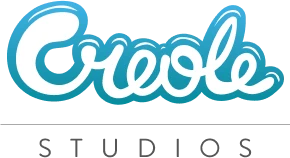

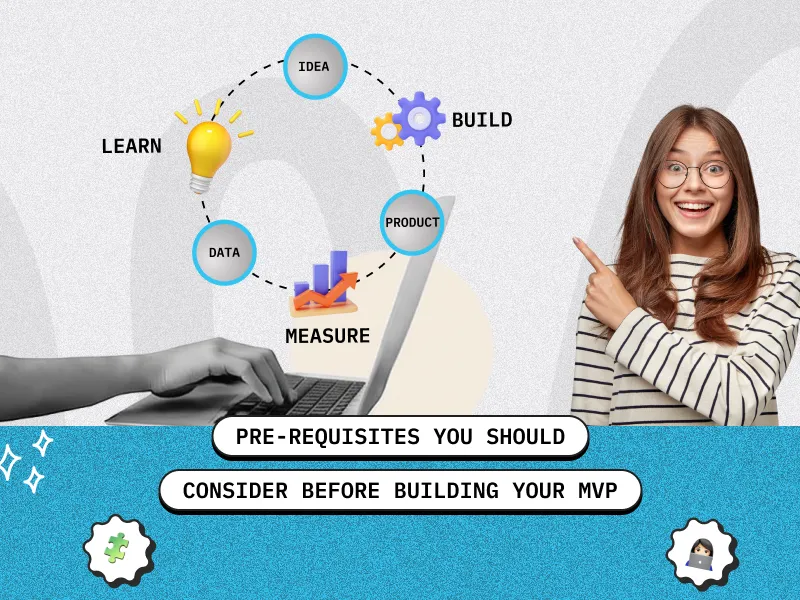








 30 mins free Consulting
30 mins free Consulting 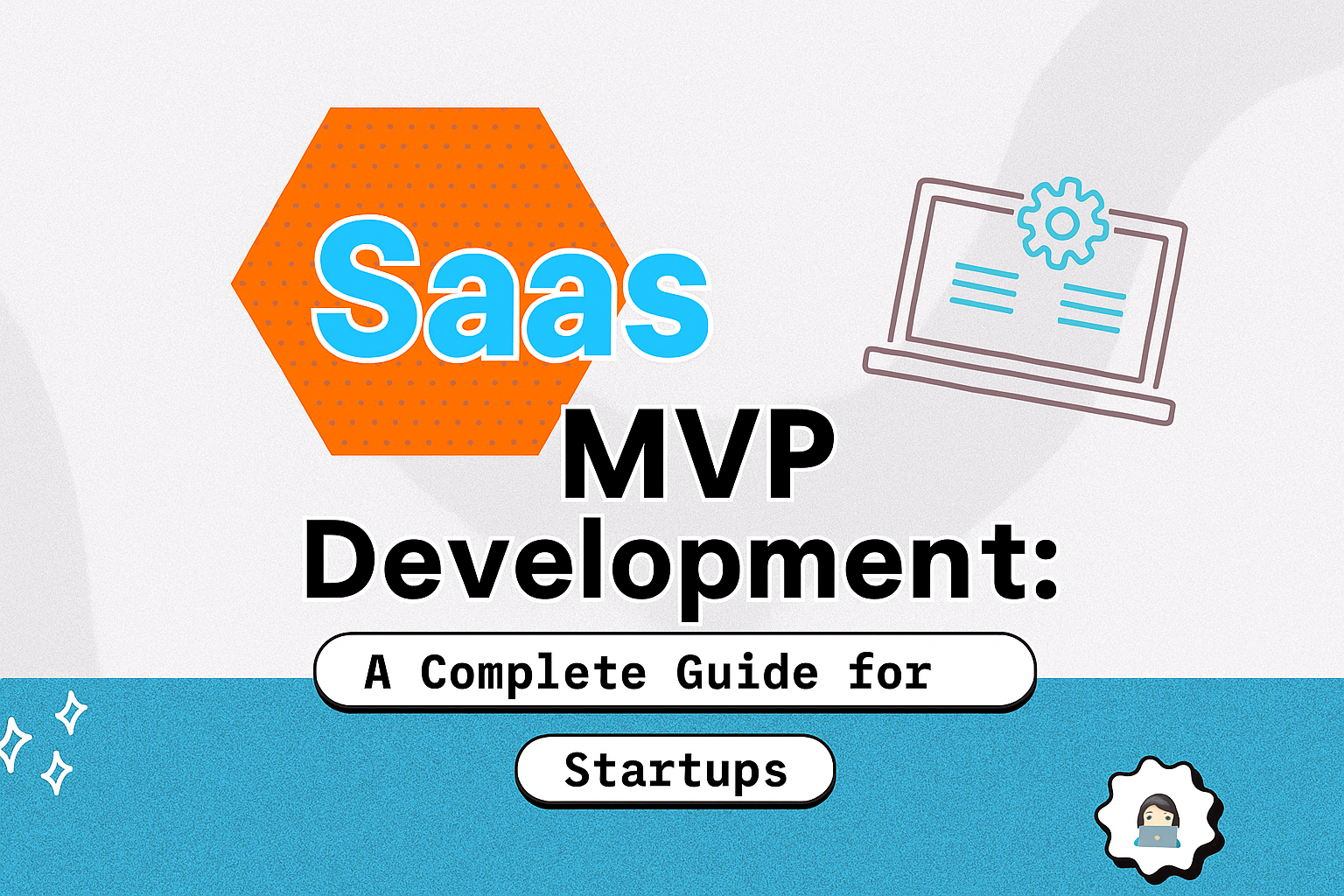
 10 min read
10 min read 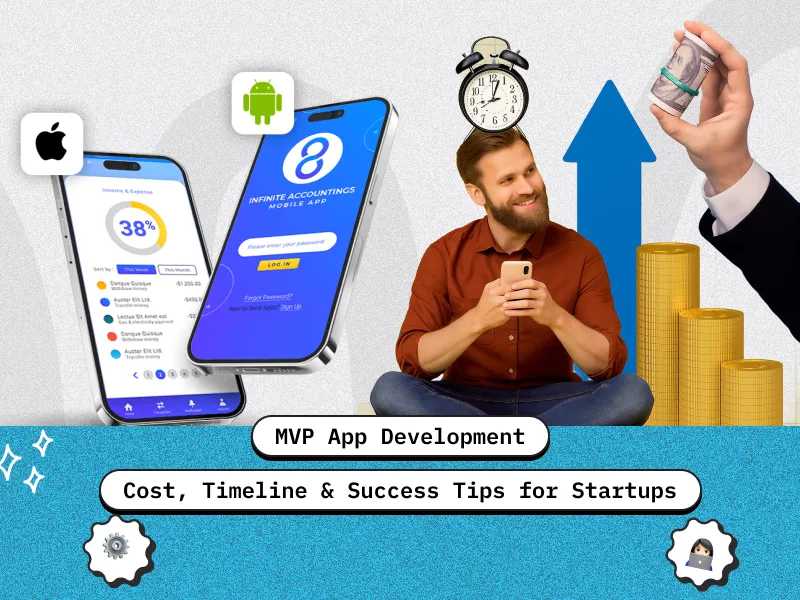
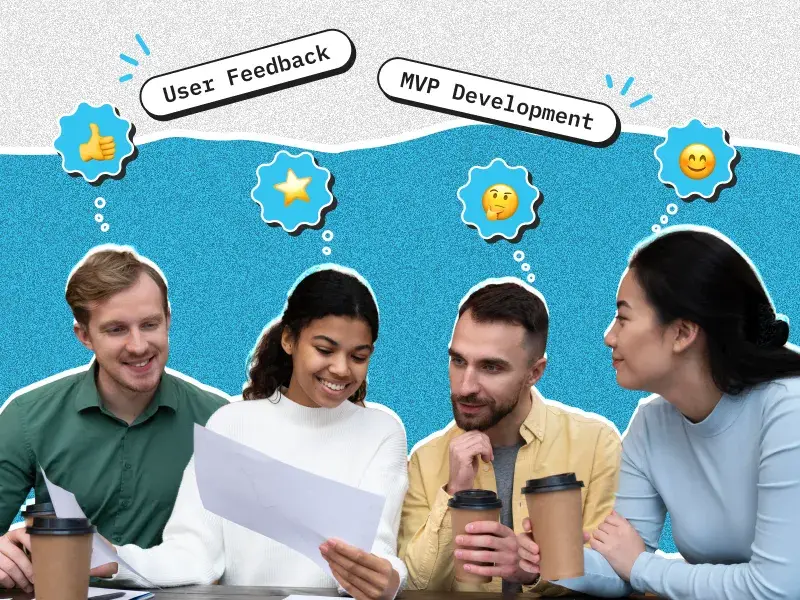
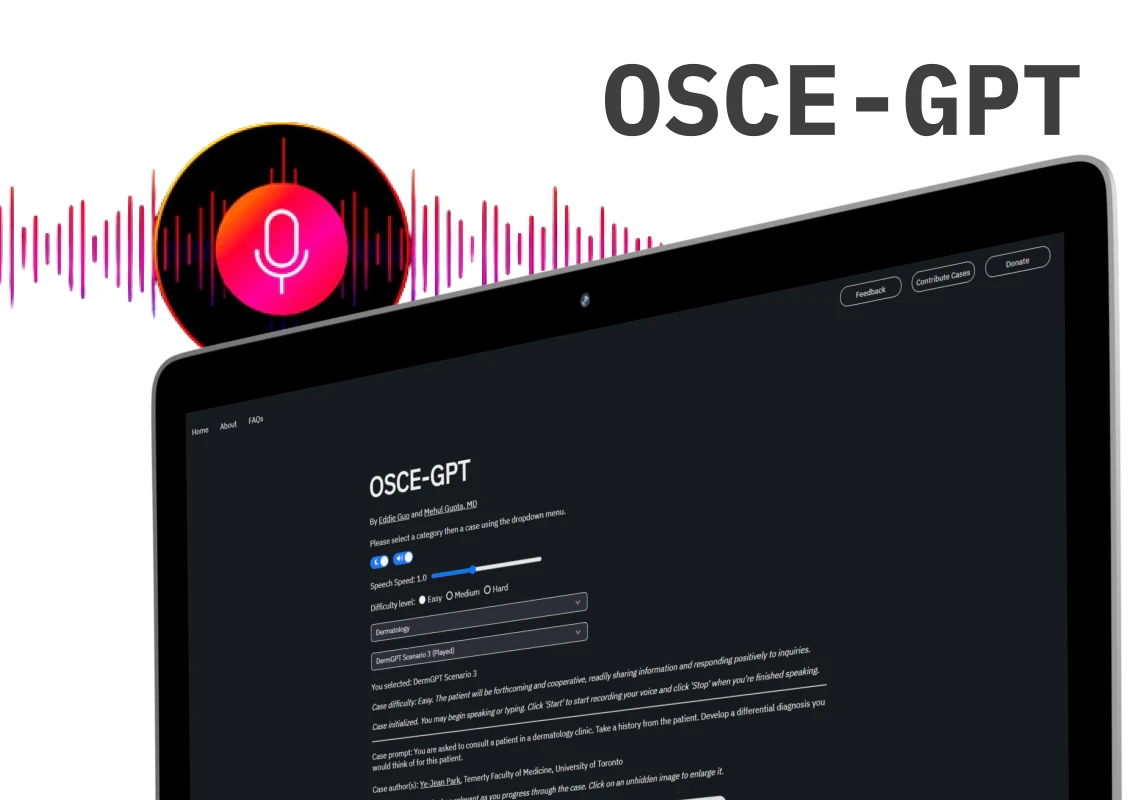
 Canada
Canada 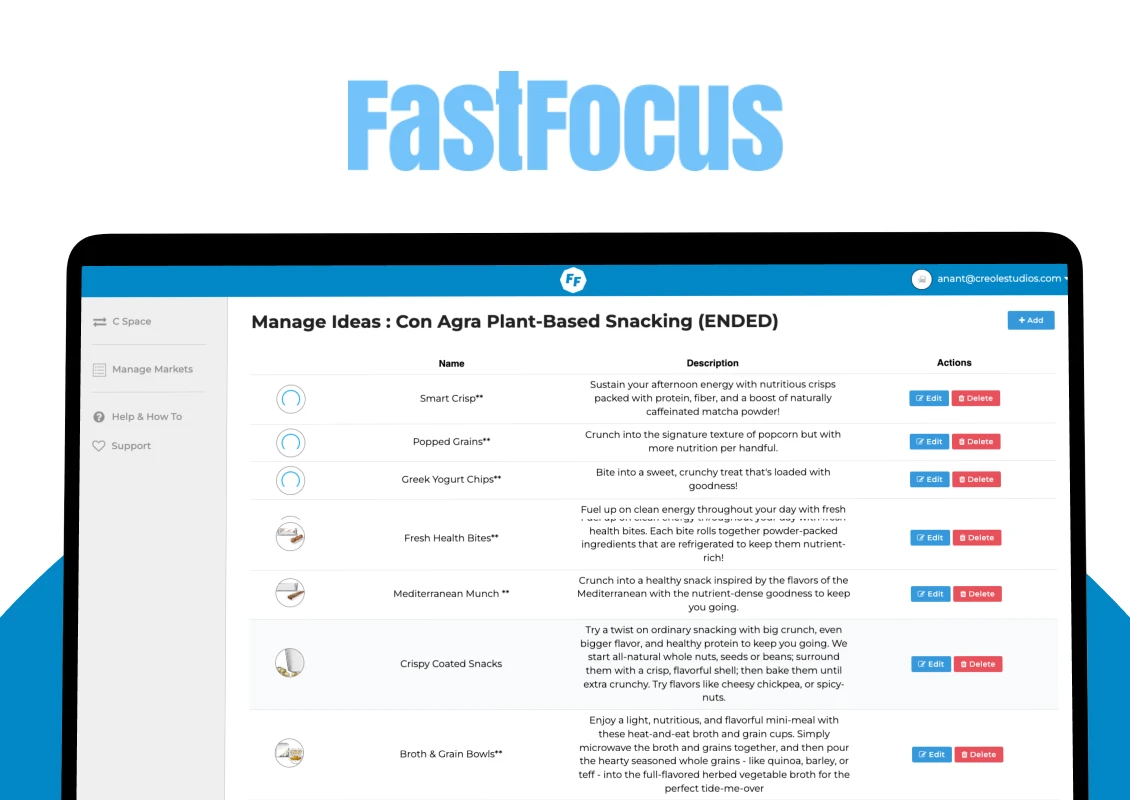
 USA
USA 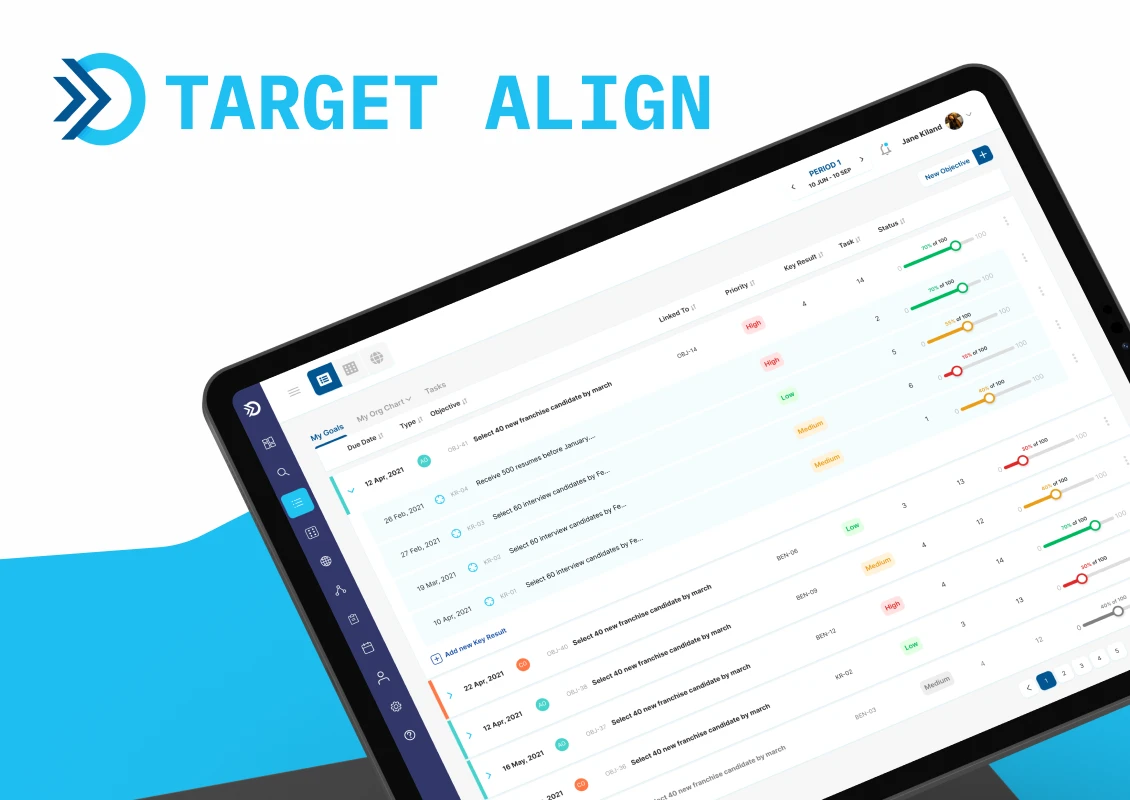






 Love we get from the world
Love we get from the world 